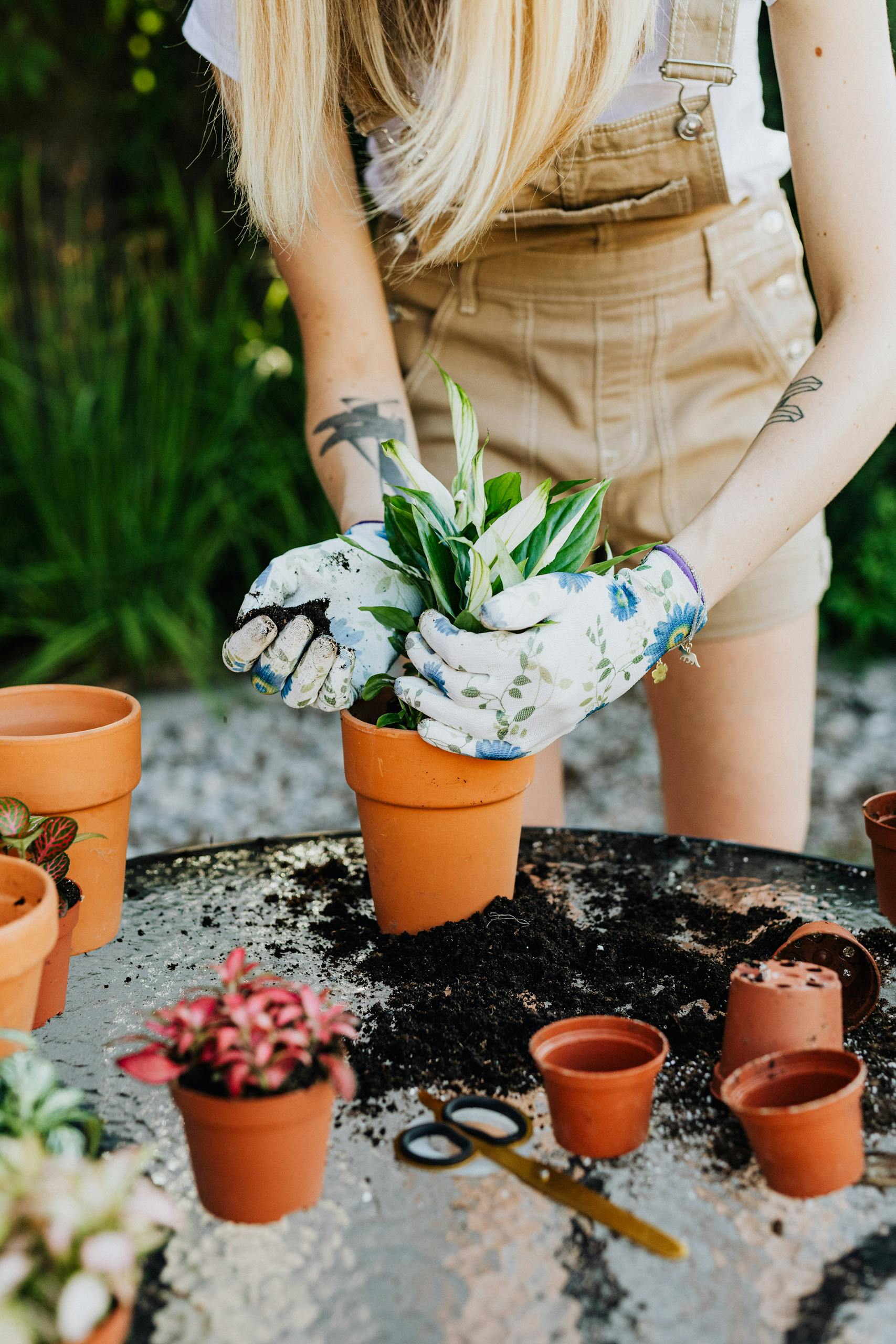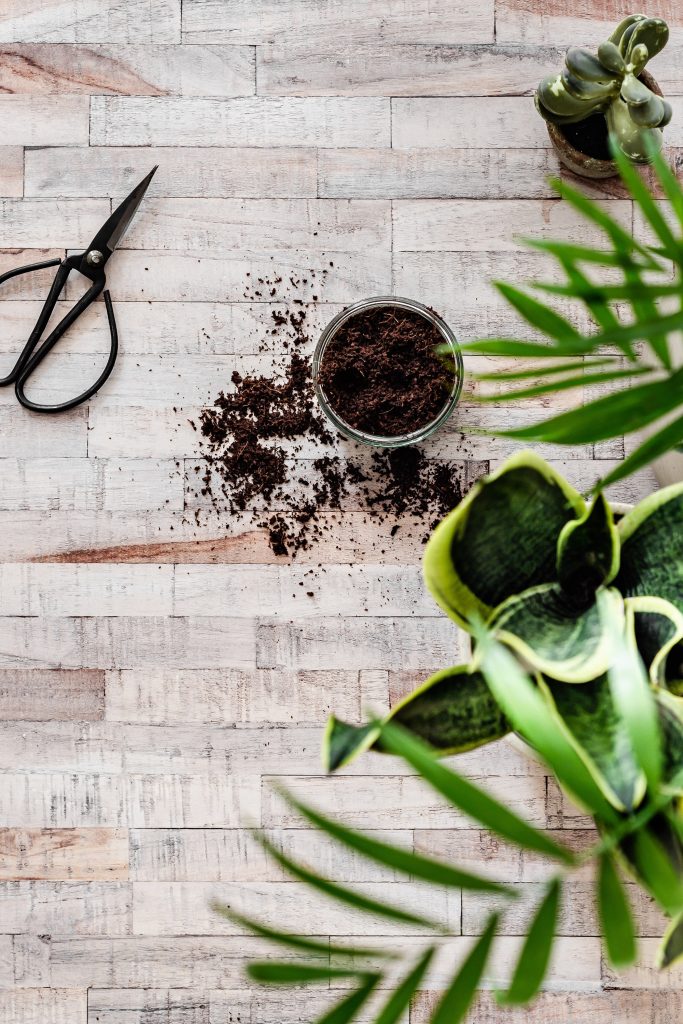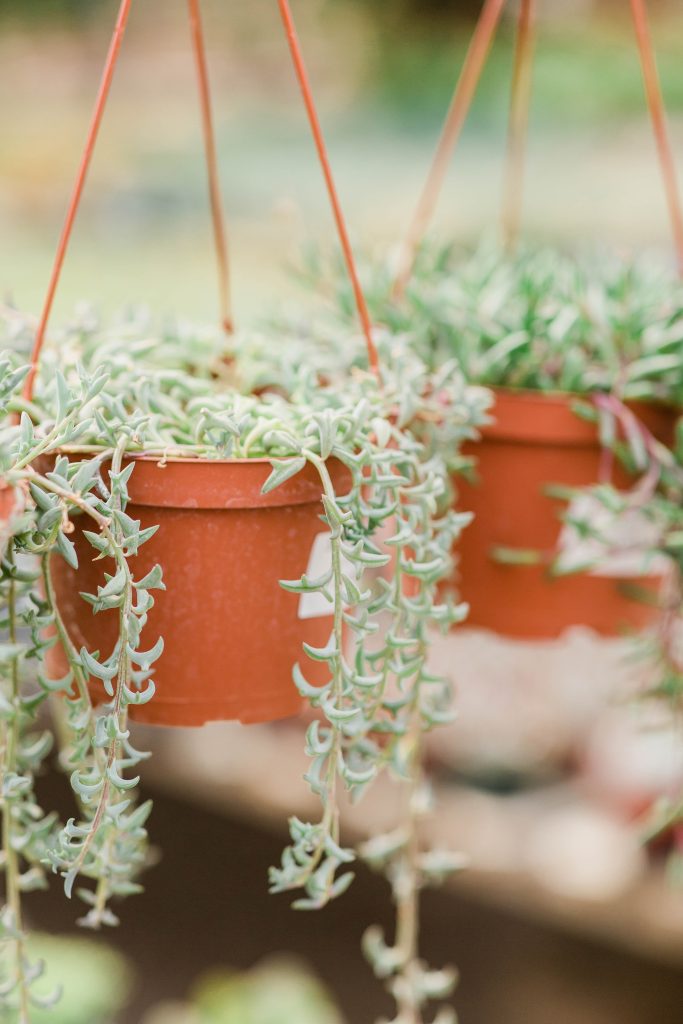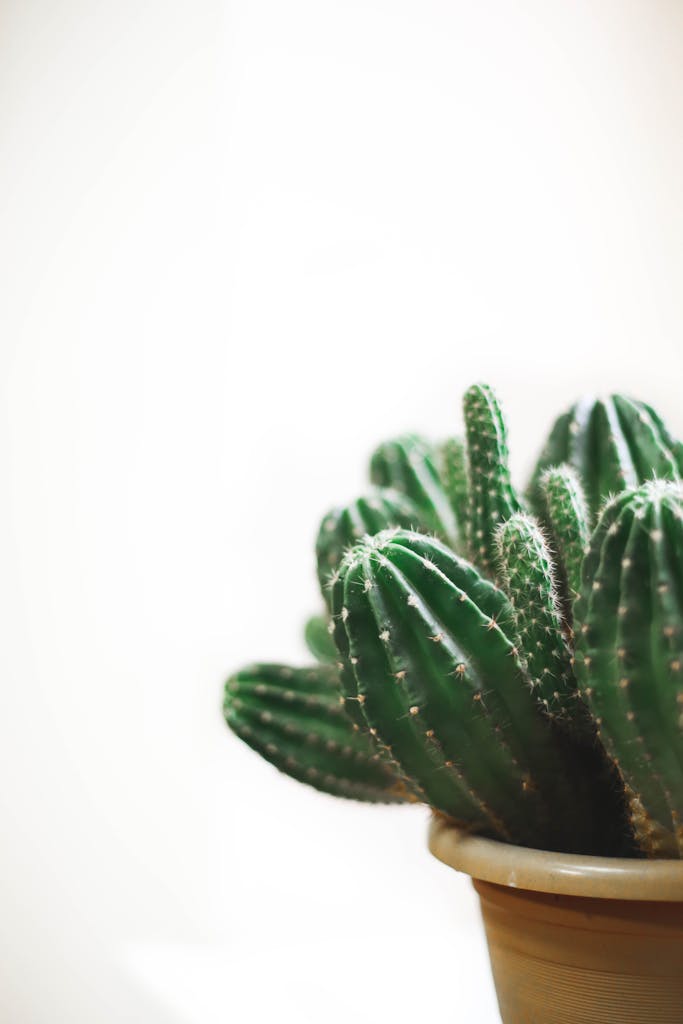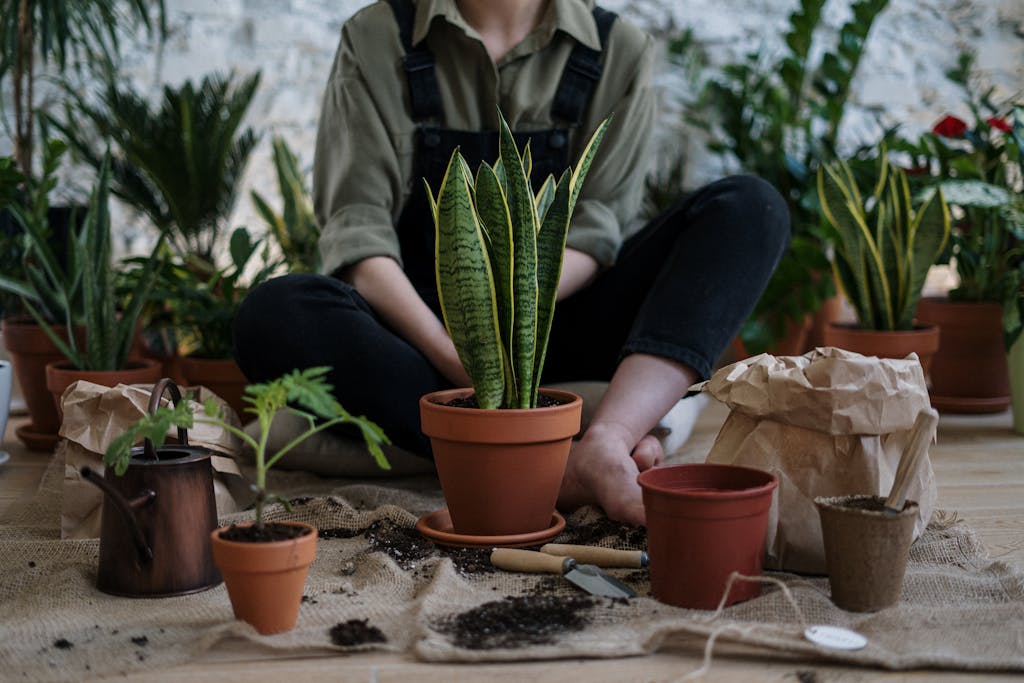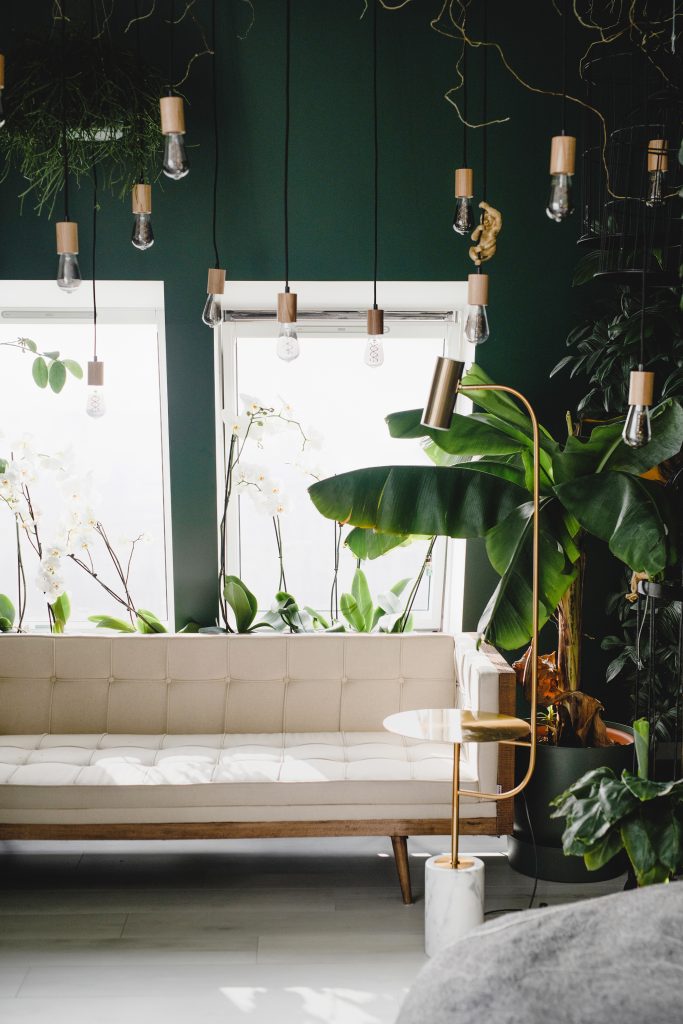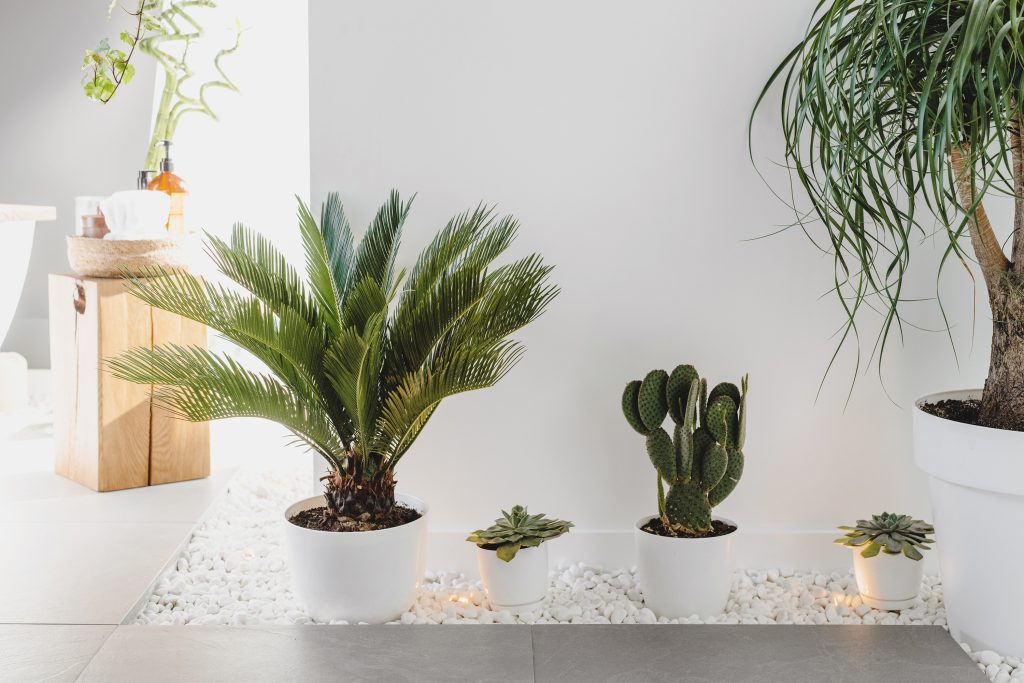The Best Gloves to Keep Your Hands Safe and Dirty-Free
I’ll be honest when I first started gardening, I didn’t take gloves seriously. I figured, “How bad could a little dirt be?” A few weeds later, my nails were packed with mud, my skin was dry and scratched, and I had a blister that lasted a week. Lesson learned.
The right pair of gardening gloves isn’t just about keeping your manicure safe (though that’s a nice bonus). Gloves protect you from cuts, scrapes, thorns, and even the weird little bugs you don’t want crawling on your hands. They also make gardening more comfortable. Once I found the right pair, I realized I could spend hours in the garden without stopping every ten minutes to wash my hands or shake off dirt.
If you’ve been trying to figure out which gloves are actually worth it, here’s your complete guide. From soft and flexible to heavy-duty protection, I’ll break down the best options so you can find the pair that fits your gardening style.
Why Gardening Gloves Matter More Than You Think
It might sound dramatic, but gloves are one of the most underrated tools in your garden kit. They protect you from:
- Thorns and prickly plants (looking at you, roses).
- Blisters from tools like shovels and rakes.
- Splinters when handling wood or mulch.
- Soil-borne bacteria that can cause infections.
- Cold, wet hands when working in the early morning.
On top of that, the right gloves give you grip and comfort, so you can work longer without sore hands.
Types of Gardening Gloves
Not all gloves are created equal. The pair you need depends on the kind of gardening you’re doing.
1. Lightweight Cotton Gloves
Perfect for light tasks like planting seedlings, potting plants, or light weeding. They’re breathable, inexpensive, and keep dirt off your hands. The downside? They don’t protect against thorns or water.
2. Rubber-Coated Gloves
Great for messy, wet jobs like digging in damp soil or working with compost. The rubber keeps your hands dry and gives you grip, while the cloth backing keeps them breathable.
3. Leather Gloves
These are your go-to for heavy-duty protection. If you’re pruning roses, hauling firewood, or dealing with thorny bushes, leather is tough enough to keep your hands safe. They do take longer to break in, but once they do, they’re incredibly durable.
4. Gauntlet Gloves
Think of these as leather gloves with extra-long cuffs. They’re amazing for rose gardens or anything with thorns since they protect your wrists and forearms too.
5. Nitrile Gloves
Thin, flexible, and almost like a second skin. Perfect for delicate work like transplanting seedlings, pulling weeds close to roots, or working in tight spots. They’re washable, durable, and give you tons of control.
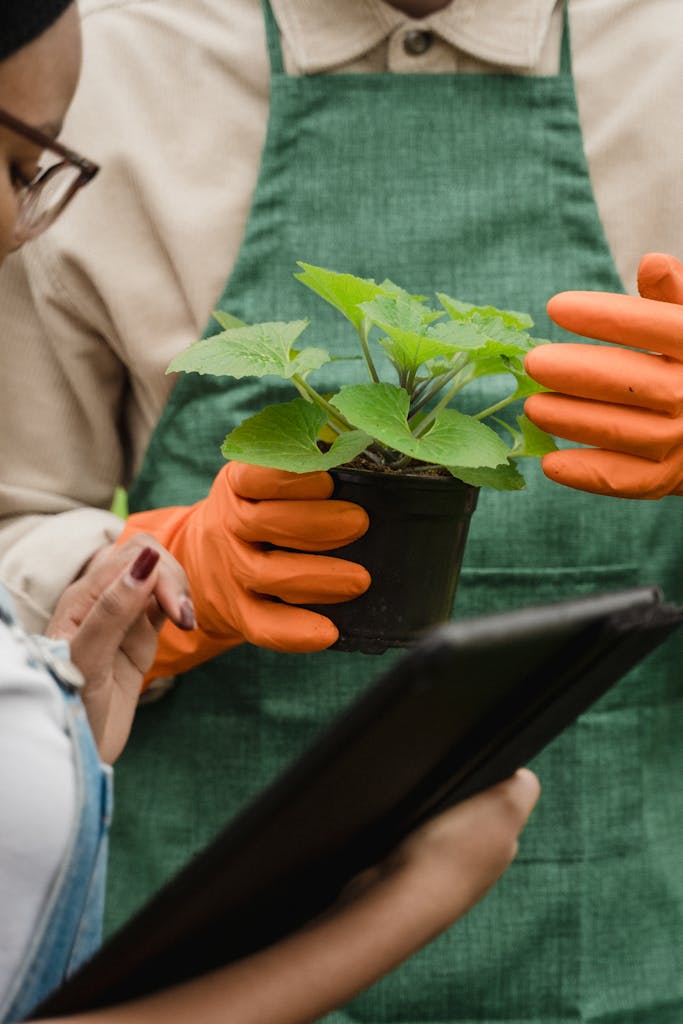
How to Choose the Right Gloves
When you’re shopping for gloves, keep these things in mind:
- Fit: Gloves that are too loose will slip and cause blisters. Too tight, and you’ll lose dexterity.
- Breathability: If your hands sweat easily, look for fabric backs or mesh panels.
- Water Resistance: For damp jobs, rubber or nitrile coatings are lifesavers.
- Durability: If you’re doing tough yard work, leather is worth the investment.
- Flexibility: For planting or fine tasks, choose thin, snug gloves that let your fingers move easily.
My Top Picks for Gardening Gloves
Here are some great options depending on what you need:
For Everyday Gardening:
Cotton gloves with rubber-coated palms. They’re inexpensive, washable, and great for most backyard tasks.
For Roses and Thorns:
Leather gauntlet gloves. Yes, they look a little dramatic, but your arms will thank you when you don’t end up covered in scratches.
For Precision Work:
Nitrile gloves. Thin, flexible, and still protective. I use these when I’m working with seedlings or small pots.
For Heavy-Duty Jobs:
Classic leather work gloves. If you’re building raised beds, hauling lumber, or shoveling gravel, these will save your hands.
For Wet and Muddy Days:
Rubber gloves with fleece lining. Your hands stay warm, dry, and clean even if you’re digging in soggy soil.
How to Care for Your Gardening Gloves
The truth is, even the best gloves won’t last if you don’t take care of them. A few quick habits can make your gloves last much longer:
- Shake off dirt after every use.
- Hand wash cotton and nitrile gloves in mild soap and water.
- Wipe down leather gloves with a damp cloth and let them air dry.
- Never toss leather gloves in the washer or dryer—they’ll crack and shrink.
- Store gloves in a dry place so they don’t get moldy.
Do You Really Need More Than One Pair?
Honestly? Yes. Different jobs need different gloves. I have a lightweight pair for everyday gardening, a heavy-duty pair for hauling and pruning, and a thinner pair for delicate work. Gloves aren’t expensive, and having the right ones makes gardening way more enjoyable.
Think of it like shoes, you wouldn’t wear flip-flops in the snow, right? Same idea here.
Common Beginner Questions
Are cheap gloves okay?
They’re fine for light work, but they won’t hold up for tough jobs. If you’re doing heavy gardening, invest in a sturdier pair.
What’s the best glove for summer gardening?
Breathable cotton or nitrile gloves. They keep your hands cool while still protecting you.
How do I stop blisters even with gloves?
Make sure your gloves fit snugly, and look for padded palms if you use heavy tools.
Can I just garden without gloves?
Sure, but expect dirty nails, scratches, and maybe even infections. Gloves really do make a difference.
Wrapping It Up
Good gardening gloves aren’t just an accessory they’re a tool. They save your hands from thorns, blisters, and grime while making every job more comfortable. And the right pair doesn’t have to be fancy or expensive. It just has to fit your hands and your style of gardening.
Start with one good pair, then add to your “glove wardrobe” as you figure out what tasks you do most often. You’ll quickly realize how much more enjoyable gardening feels when you’re not dealing with sore hands or dirt stuck under your nails for days.
So the next time you head outside to dig, prune, or plant, slip on the right gloves and give your hands the protection they deserve. Future you will thank you.

